Teaching Portfolio, 2021
Click Images to expand.

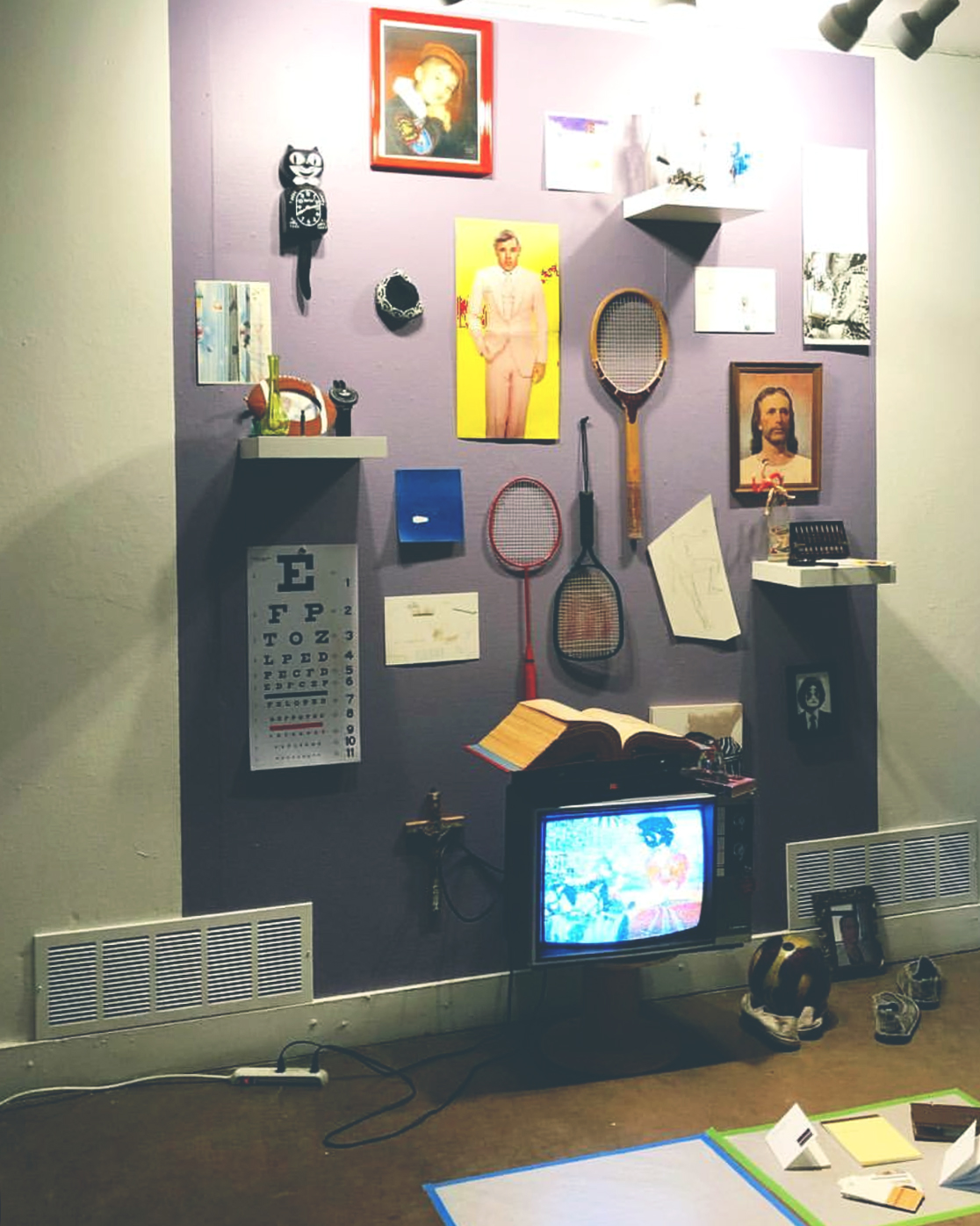

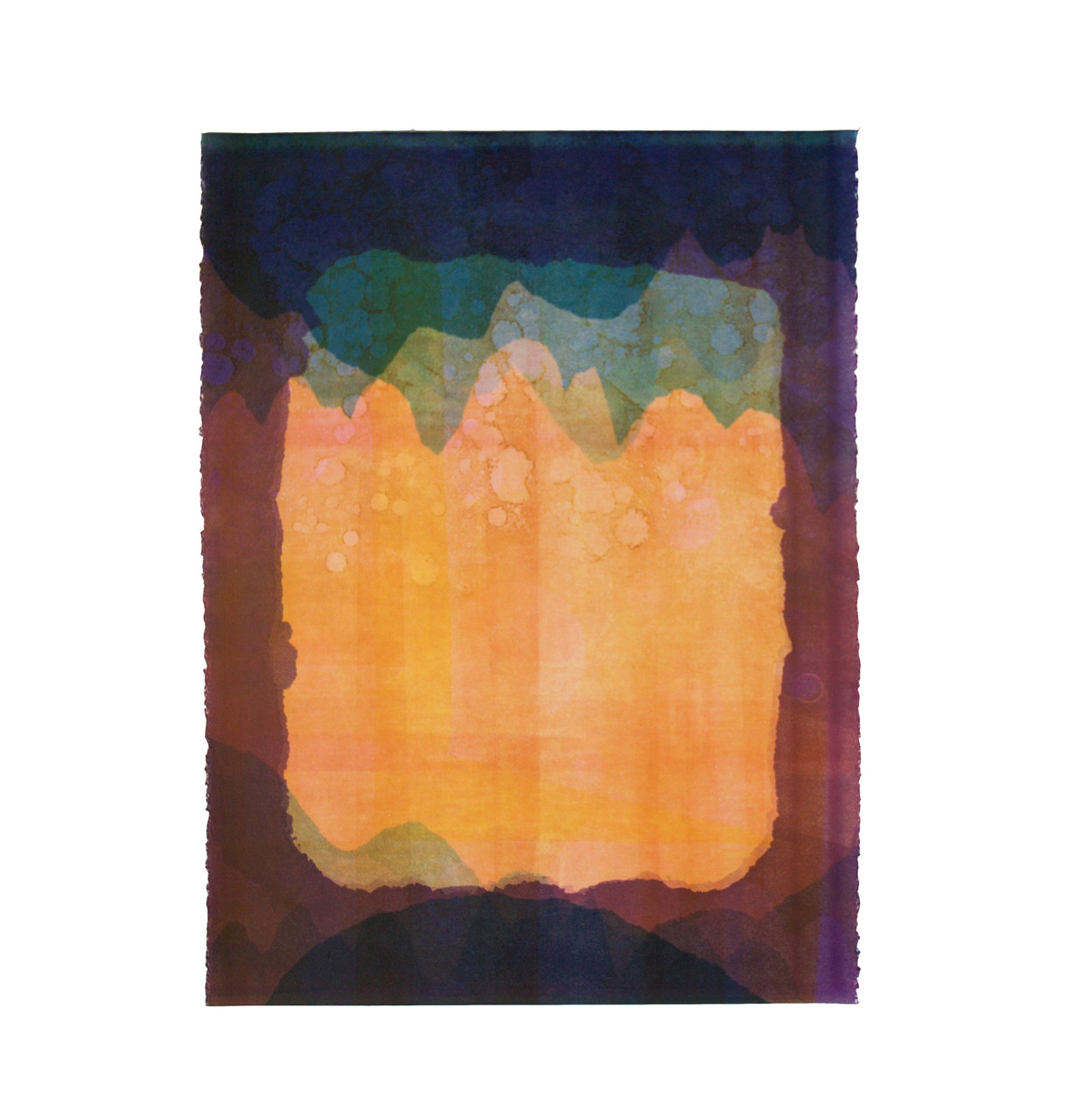
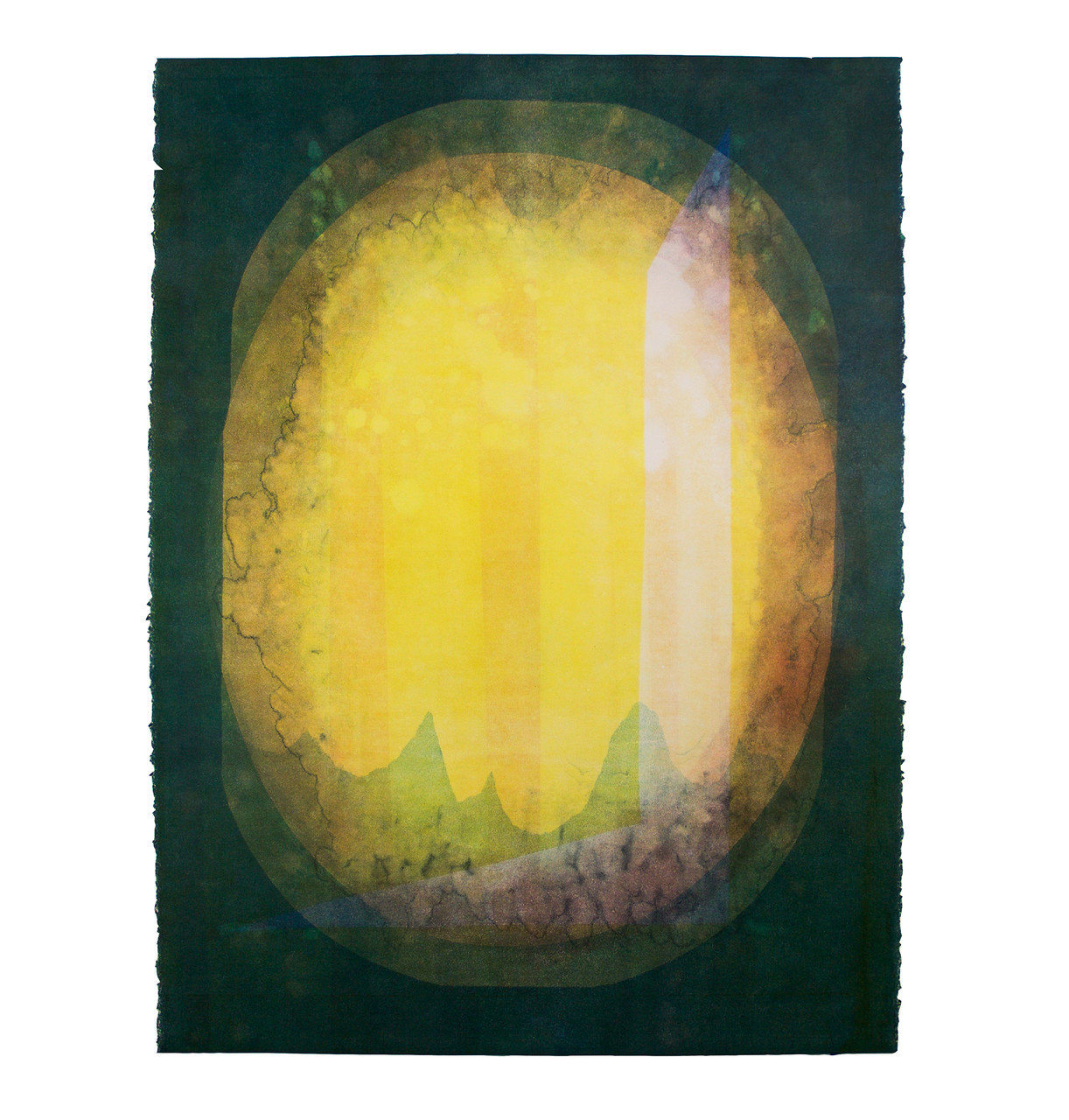


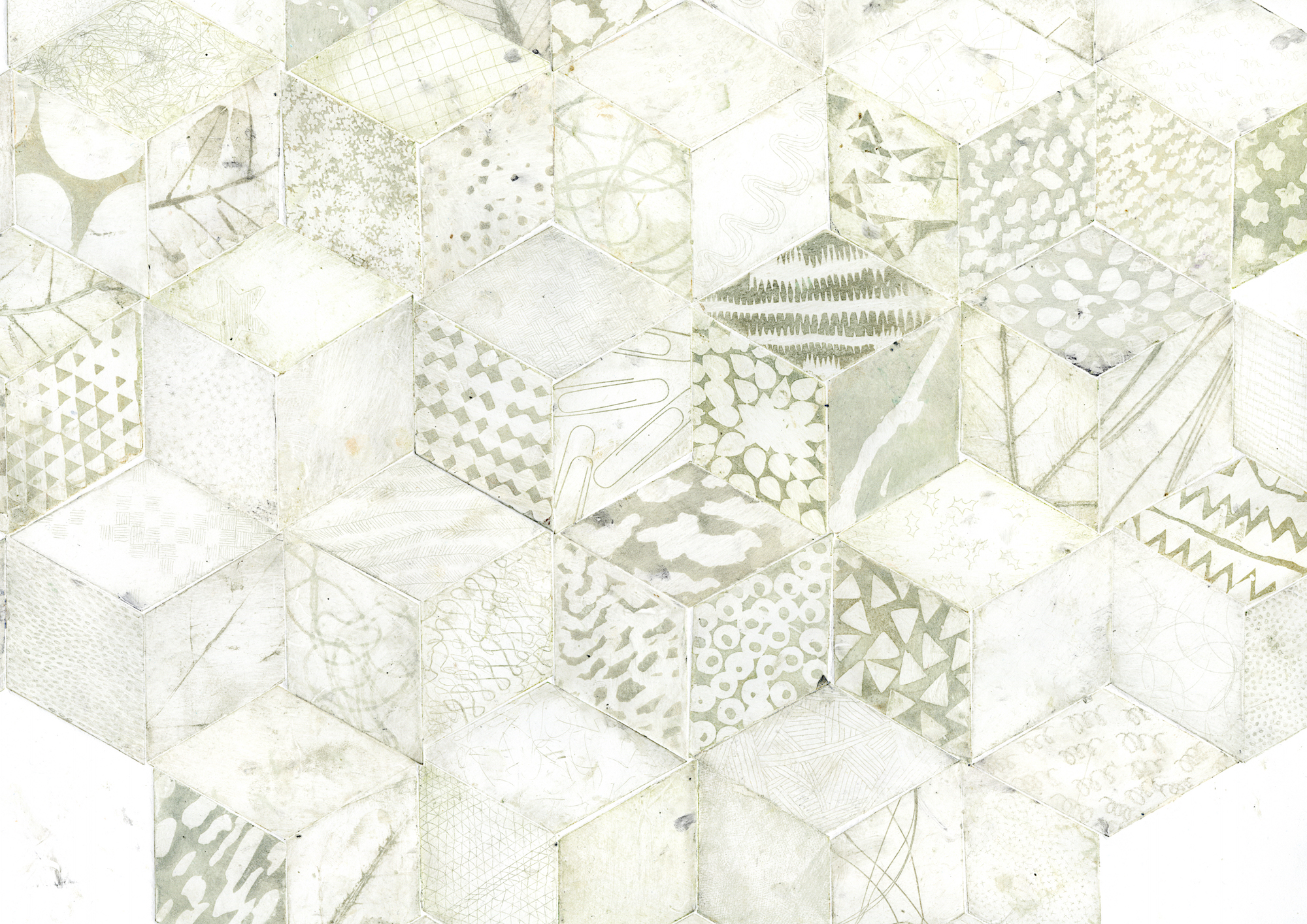
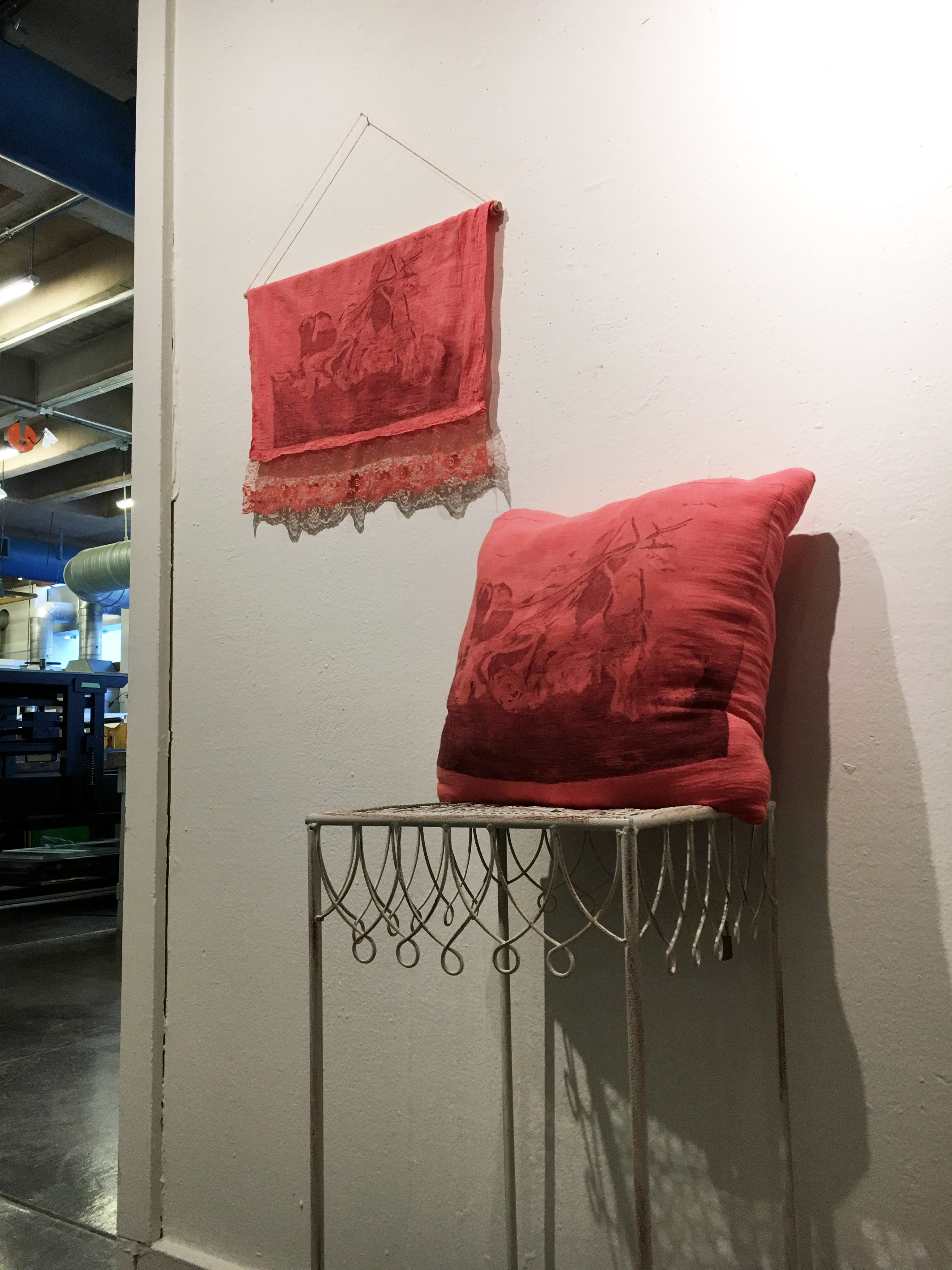
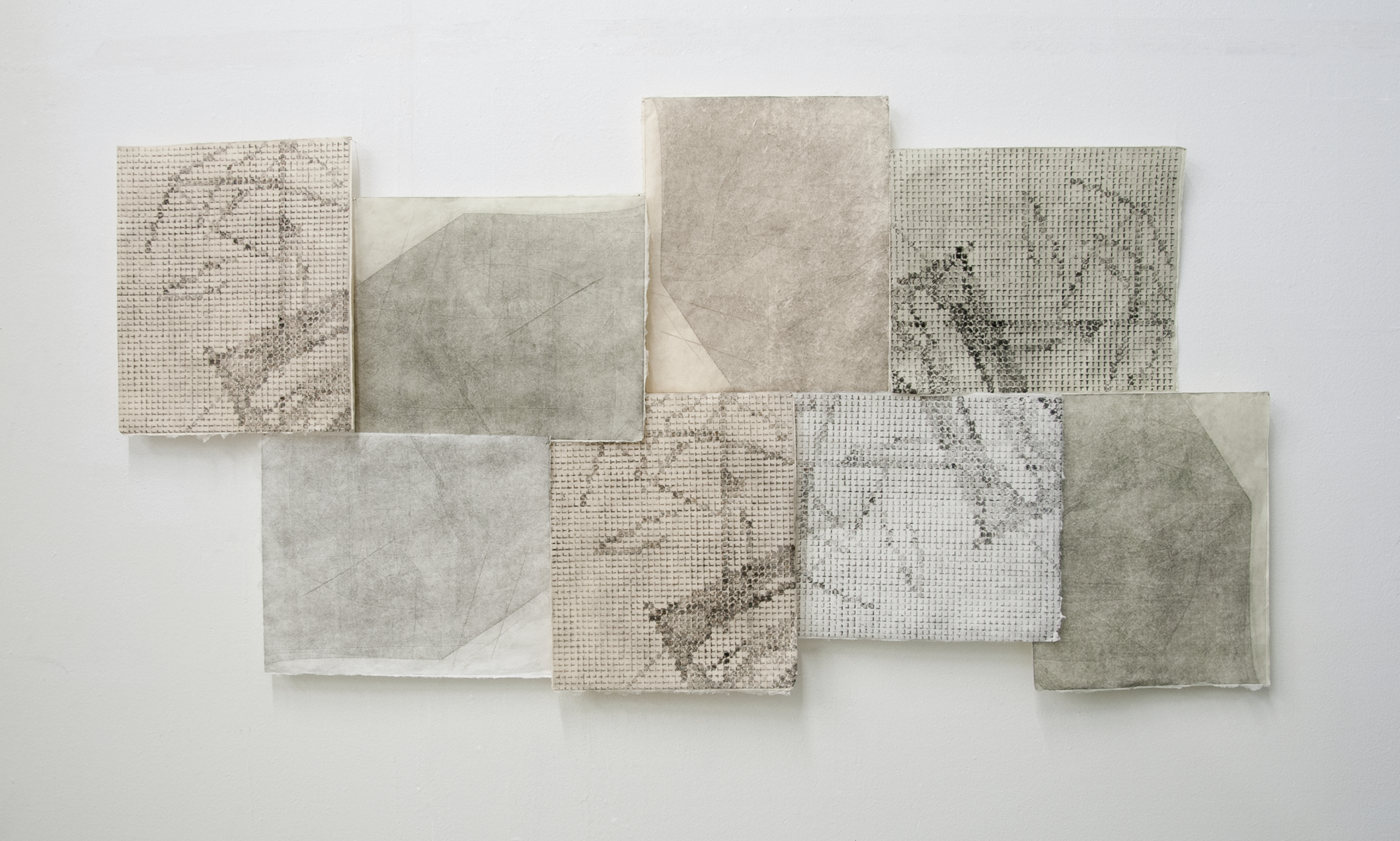
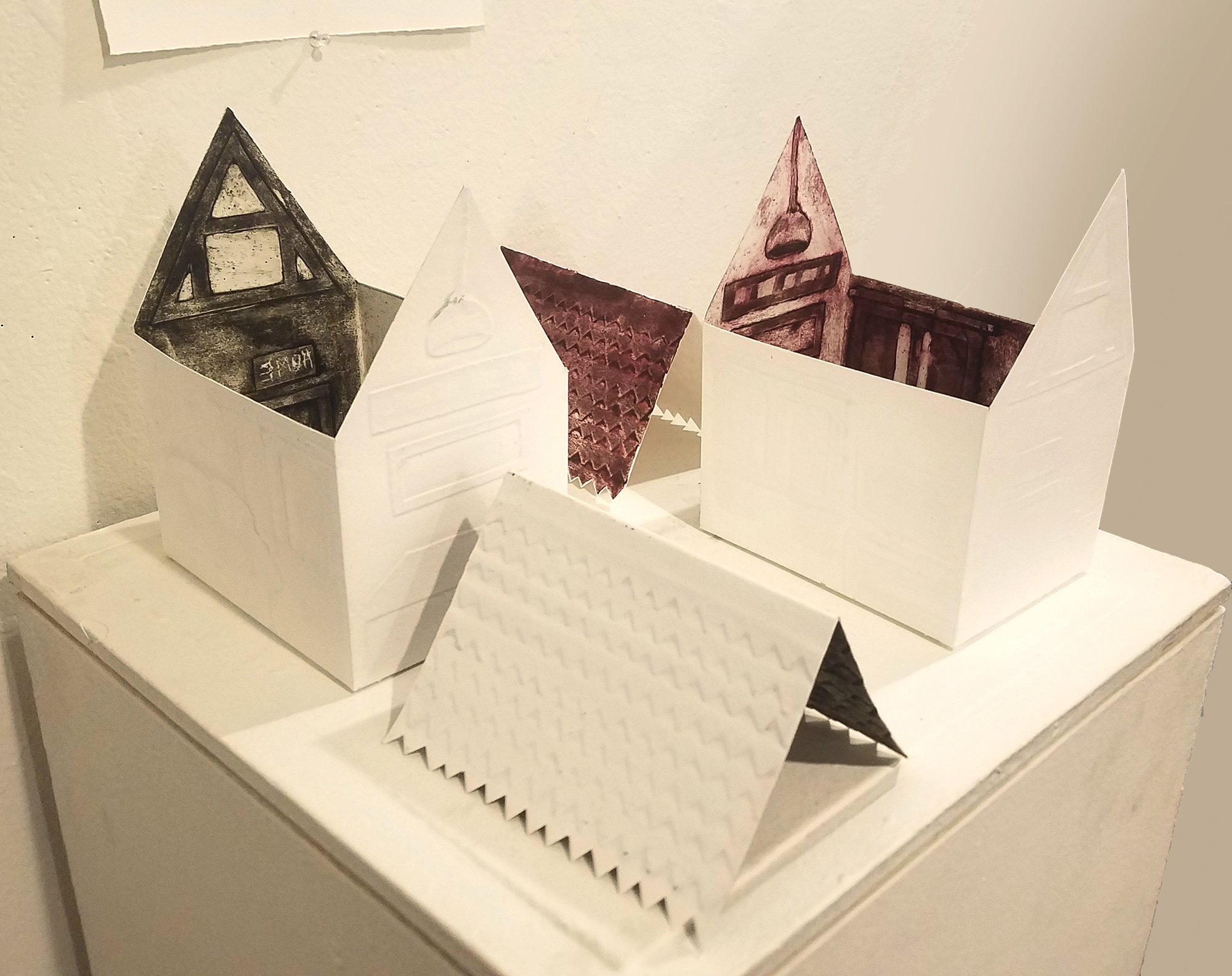
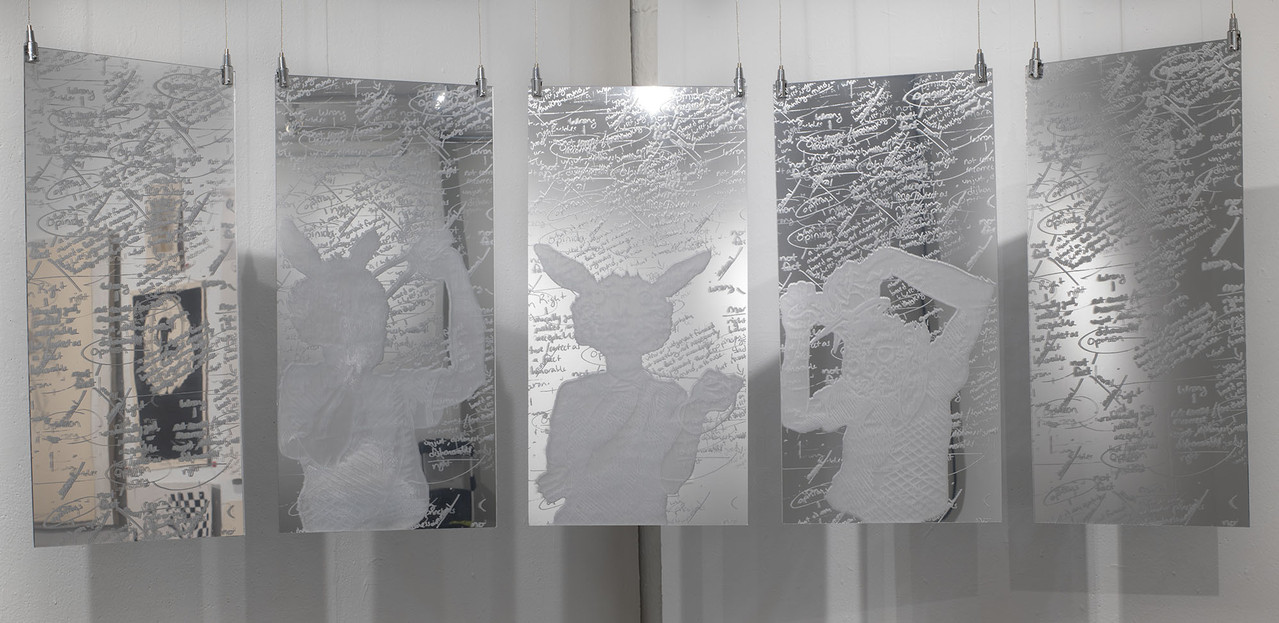
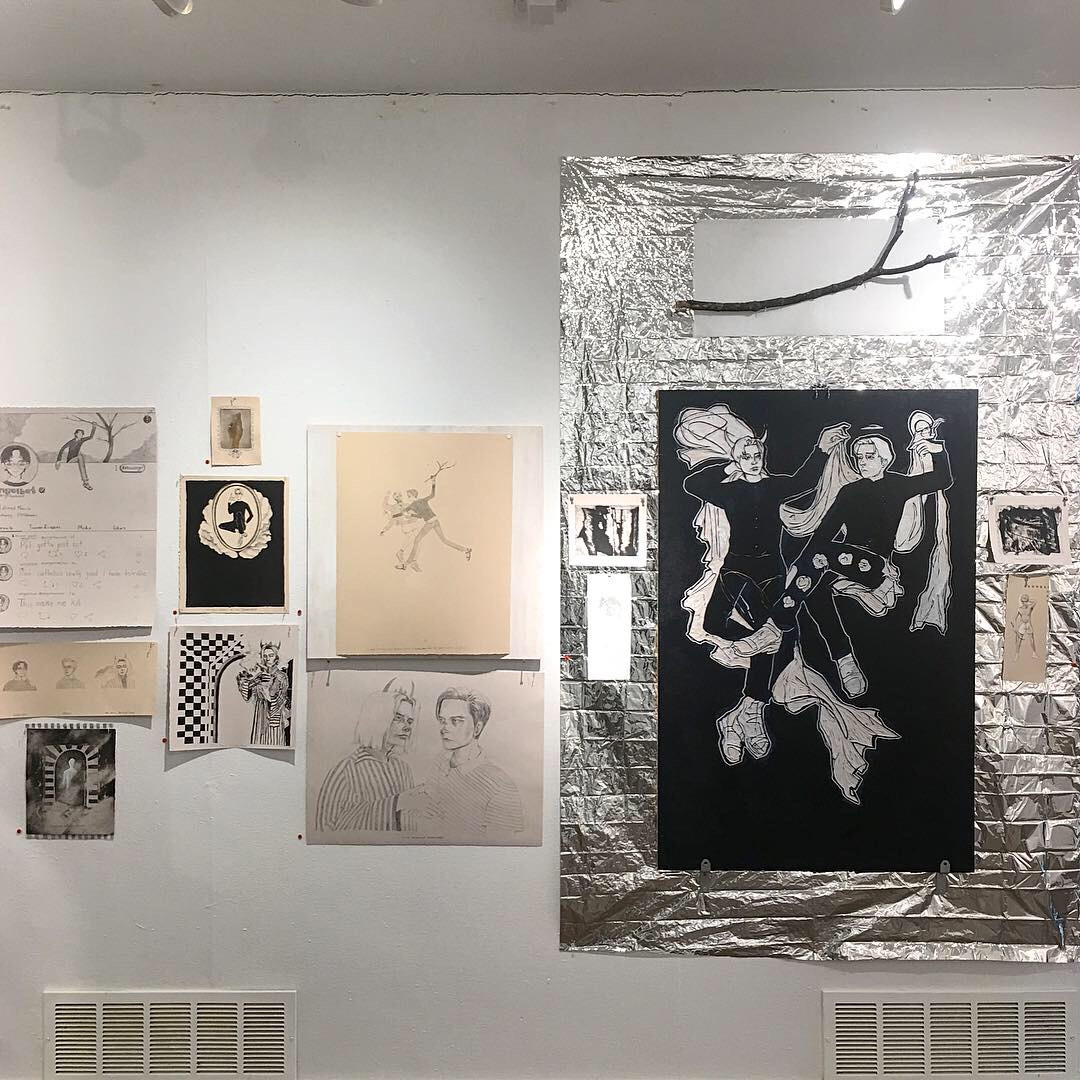
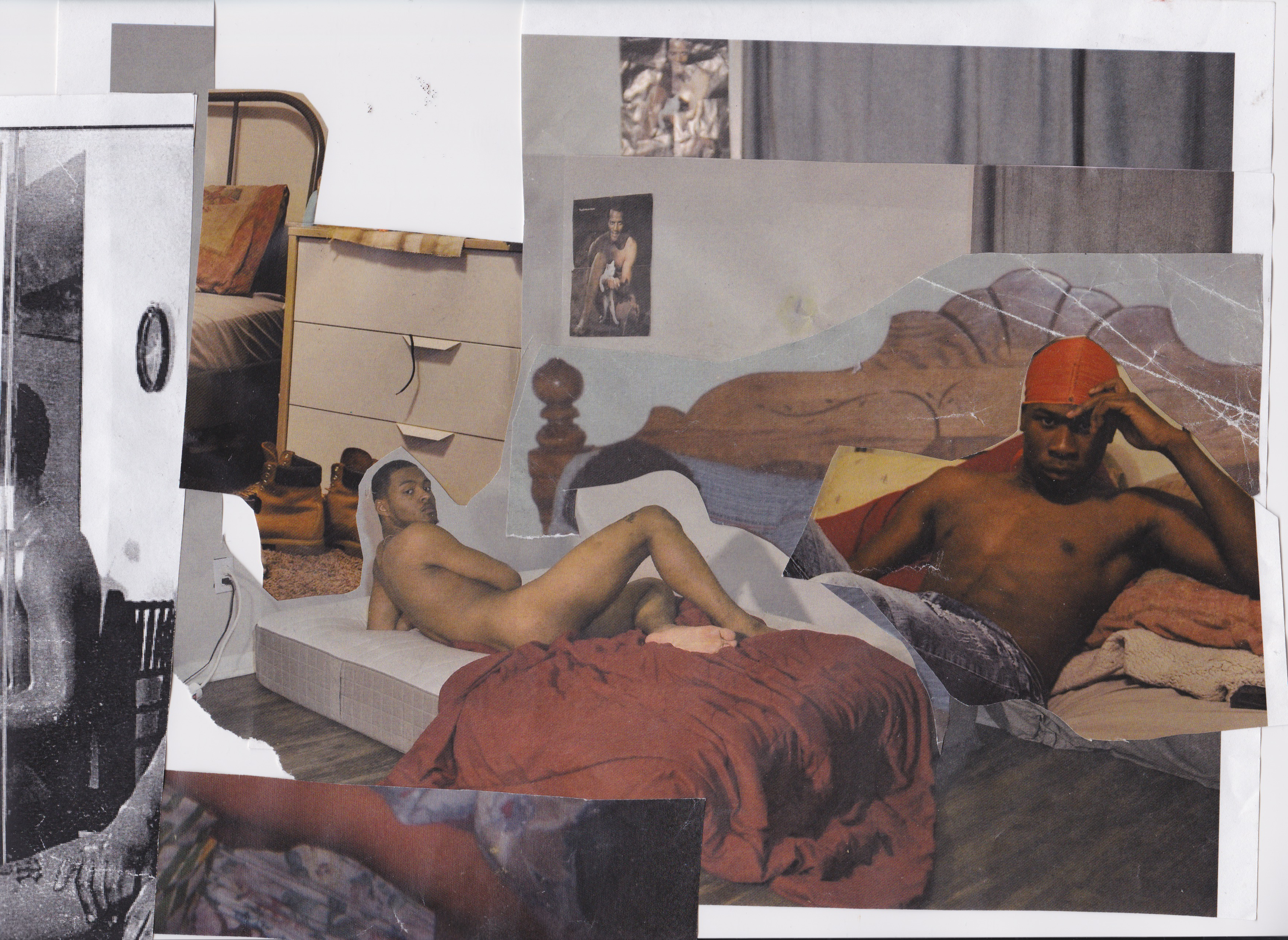






Teaching Philosophy, 2021
I see learning as a dedicated activity fostered by the student's proximity to their sense of curiosity and self. How knowledge is acquired is to be defined by the individual (yes), but the classroom is a space where my role is to facilitate collective development. What is learned by students moving at various speeds? What correlates? How can this become a "feeling" activity? In the last two years, community organizing and facilitation concepts have become the backbone of my teaching, in part inspired by direct action locating the most urgent needs of a group. Furthermore, the range of printmaking, sculpture, video, and drawing in my body of work reflects my belief in an intersectional ecosystem. Thus, my role as an educative facilitator involves key directives encouraging discovery, play, emergence, relations, and accountability.
Using discussions, demonstrations, constructive feedback, and sessions centering play, my students get a framework looking at existing problems to build inquiry (and furthermore, build new problems). What do we do with Rebecca Solnit’s assertion that “blue is the color of distance” in a class called Color in Printmaking (which inevitably flips the course on its head away from theories on color and printmaking to theories of distance and emotion)? What do adrienne maree brown’s Principles of Emergent Strategy say about an art practice to a group of students developing theses in the visual arts work as opposed to movement work (and are the two really that different)? How does identifying one’s role within a liberation-centered ecosystem help a class of students understand one another in the ecology of a professional arts practice seminar (and furthermore, what the results of “professionalism” even look like)? Posing these questions becomes about setting an example of inquiry. Using reading responses that make space for students' own questions, we build a space for debate and exploration.
I build space with my students through clarity, trust, and expectations around the course objectives and calendar (the latter arguably being the most powerful tool I can give). Having a trajectory in sight, I present opportunities requiring action through a call and response approach occurring at multiple levels. The students and I learn about limits, creating a foundation and a common language, continually reflecting and expanding together. In my approach, I try to disregard student levels such as “Freshman, Sophomore, Junior, Senior” (titles that are problematic and limited to being with) and empower students where they are at right now.
I design course grading scales to be as objective and as clear of a rubric scale as possible for them and myself. Navigating between Linda Nilson’s specifications grading model and collaboratively developed, learner-centered projects, every assignment and activity in the class is given an evaluative scale. Evaluating activities, from participation to projects, provides a clear understanding for a student: “Did you complete this or did you not?” There is space for scaled evaluations to be applicable (usually occurring in ranges of one-to-four) to assess studio projects. With both of us operating in this understood space, we can reflectively evaluate success and see the interconnected purpose of a project, a reading response, and participation with demonstrations.
Basing my critique and discussion model around the Critical Response Process by Liz Lerman, students can have their voices prioritized through my facilitation. Critique facilitation can look like asking questions of the student (or group) to spark conversation, responding to or expanding upon talking points, or simply keeping time to make conversations equitable. I may provide a framework at the beginning of a session, such as providing a vocabulary for students to use. The format of a critique may also change. Not all reviews focus on individuals presenting one-by-one––some will reinforce a theme of a project and expand upon ideas within that theme, such as curation, time, or technique. I may choose to focus on a specific element of art or design principle or ask that we distinguish style vs. content (and even the validity of one vs. the other).
My courses feature a capstone project, with checkpoints throughout, helping to expand skills and achieve a goal. My seminar-level studio courses begin with an audit to understand where students are when I receive them. The capstone for my six-credit Advanced Printmaking 2 is an exhibition-ready artwork to be exhibited the following semester for the annual college's annual BFA exhibition. The course starts with a self-reflective list of categories via ten habits. From this, they create ten unique works generated around these habits. As we continue, we learn more about one another–I have them assign each other projects intended to challenge and problem-solve. With this, we create community, trust, and forms of accountability. We move on to sharpening collective skills around curation-as-creative-work, talking to experts in the field, and researching alternative presentation strategies. Students in this class were able to have the opportunity to curate a selection of works at a local gallery from a flat-file exhibition for the public. These practical skills transfer back to the studio, shaping the critiques as they navigate their work with new skills aiding us towards the capstone project.
Rooting the framework for the educational environment and material I facilitate in feminist and queer theory gives me space to address questions of identity. Engaging with topics related to making in the studio and existing in the world, emotionally or queerly, provides students a language and platform for processing abstract concepts. Being a queer faculty-of-color, I am sensitive to the issues facing minority students moving through structures where they don’t see their identities reflected. From my service work to the types of classes I have created, such as The (Printed) Queer Archive, diversity sits at the focus of my education work. My goal is to empower and guide students to new potentials, both in their studios and community. I want to be a positive representation, exposing students to an expansive demographic of artists diverse in race, gender, practice, region, and media. Speculating is how we build futures––community and transformative positions allow us to sustain that building spirit.